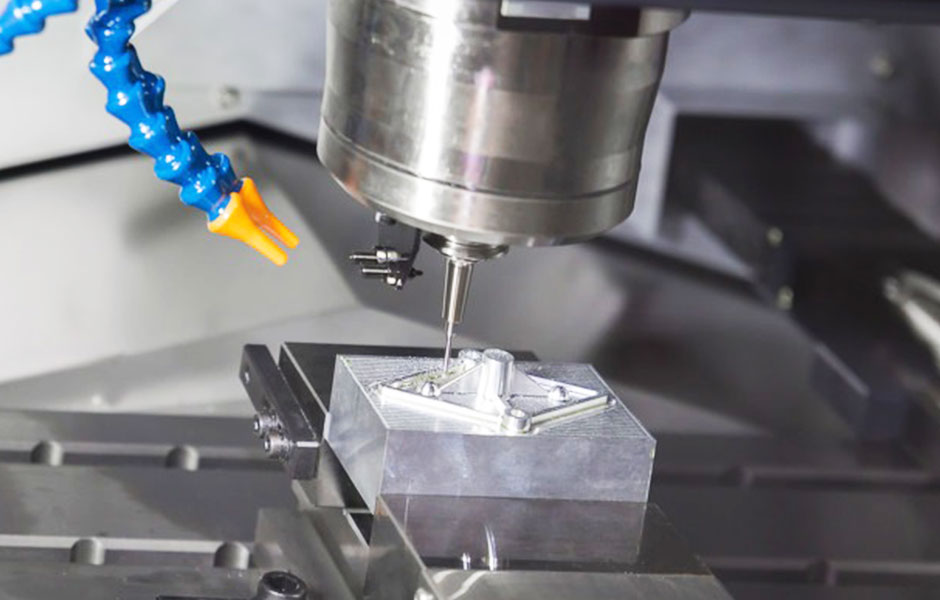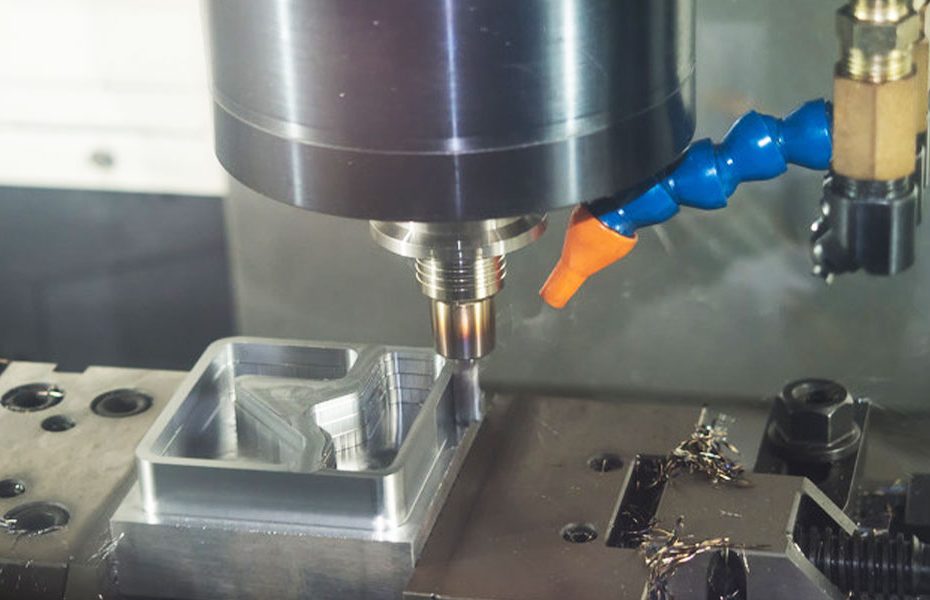Aluminum has a relatively low hardness. This makes aluminum machining parts to be a generally fast and easy process; however, aluminum part deformation is one of the major concerns in the prototyping industry today.
Aluminum metal is an essential raw material, especially in the CNC machining industry. However, it has low hardness and huge thermal expansion value when compared to other metals. This makes it easily deform, mainly when machining it into thin plated or walled parts. Thus there exist several methods that can reduce the development of part deformation. For instance, improvement of tool performance and elimination of internal stress in the material.
Explanation Of These Tips For Aluminum Parts Machining
Optimization of Cutting Tool Ability
Choosing the right tooling parameters significantly reduces part distortion. The factors influenced are cutting heat and cutting force. Manipulation of these geometric factors influences aluminum CNC machining.
Helix Angle
The helix angle should be as large as to enhance milling stability and lower milling force.
Front Angle
Proper configuration of the front angle preserves blade strength. It also reduces wearing out of the sharp edge. This ensures a smooth chip removal thus reducing the cutting force. We do not recommend the use of the negative front angle tool.
Rear Angle
The rear angle influences the machining quality and flank wear. It should thus be small when doing rough milling. For precision milling, the edges should be sharp to lower the friction between the tool and the machining surface.
Deflection Angle
We reduce the deflection angle to enhance heat dissipation. It also lowers the average processing temperature.
Tool Wear
The workpiece surface roughness increases as the tool get worn out. This will result in the elevation of workpiece temperatures resulting in part deformation. Thus, aluminum CNC machining uses good wear-resistant tools. Also, the tool wear level should not exceed 0.2 mm. This will rule outbuilding of nodules.
Precise Milling Cutter Teeth
The cutting edges of the milling teeth should have a roughness up to Ra=0.4µm. Removal of burrs and formed zigzag patterns is important by using fine oil stones. This minimizes the cutting deformation potential.
Below Are A Few Machining Process And Methods

Machining Symmetrically
Symmetrical processing allows for efficient heat release while aluminum CNC machining. Aluminum parts need a large processing space. This prevents the buildup of excessive heat around the part during machining. Thus, it reduces the chances of thermal deformation from happening.
Selection of The Right Cutting Parameter
Selecting the proper cutting parameters reduces the cutting heat and force. Having a larger cutting parameter than normal leads to excessive cutting force during aluminum CNC machining. This easily leads to part deformation due to a large amount of heat created. Also, the durability of the tool life decreases as it compromises spindle rigidity. One of the factors influencing the cutting parameter is the back-cutting depth. We use a high-speed mill to solve this factor. Thus lowering the back-cutting depth, raises the feed, and improves machine speed. This later reduces the cutting force and guarantees processing efficiency.
Machining in a Stratified Technique
At DFM CNC Shop, we use the layered multiple processing methods to mill parts with multiple cavities. These types of parts experience a lot of twisting due to uneven forces on the plate parts. first, we divide the parts into several layers. Then process them into the quoted sizes layer by layer. This option poses less risk to part deformation than processing the part at once. The earlier instance has forces being applied more uniformly during aluminum CNC machining.
Pre-Drilling and Milling
Parts with cavities present several problems. One of them is during the milling phase of aluminum CNC machining. The cuttings are not even when the miller is put directly on the parts. It is due to the accumulation of debris during cutting. This raises heat resulting in the expansion and deforming of the parts. Also, the tool may break due to these unnecessary stresses. How we handle this problem by pre-drilling and then milling. First, we drill a hole using a tool a bit larger than the mill cutter. This will provide space through which the cut material will escape the blank aluminum piece. Lastly, we put the mill cut into the created hole and begin milling.
Using Different Milling Approaches
Aluminum CNC machining has two varying milling approaches. They are rough cutting and finishing machining. Manipulation of these approaches results in significant changes in the rate of part deformation. Rough machining cuts a blank within the shortest time using the fastest cutting speed. The focus here is on the rate of material removal and processing efficiency. However, finishing machining needs more accurate machining and surface quality. Here, the focus is on milling quality.
Using Appropriate Clamping Methods
During the machining of thin-walled aluminum parts, there is a risk of deforming the walls due to clamping forces. One way of reducing this risk is by unclamping the pressed parts before finishing the final feature. This releases pressure and allows the restoration of the part’s original shape. Then we reapply pressure for a second time. This second force is best on the supporting surface. Its main feature should be the direction with the most rigidity. The force should be sufficient enough to hold the workpiece during the machining process.
Using the right approach
It is important that aluminum machining services use the right approach for the right finish. For instance, finishing machining requires surface quality and higher machining accuracy. Therefore, to make sure that your prototype does not deform once finishing is carried out, the cutting thickness of the cutter teeth should decrease from maximum to zero. Using any other approach will result in a poor surface finish and a high chance of part deformation.
Final words
Though machining aluminum is one of the easiest aluminum rapid prototyping techniques, it still requires high expertise from the operator as part deforming is a huge problem for aluminum due to low hardness. To meet tight budgets and strict deadlines, it is essential that your prototype manufacturer has the needed equipment and expertise to cater to your needs.
CNC Machining Service

DFM CNC Shop is a CNC manufacturing and sheet metal fabrication company, including CNC machining services, CNC milling services, CNC turning services, laser cutting services, and stamping services.
DFM CNC Shop offers professional CNC machining and rapid prototyping service for making a wide array of product parts. Our excellent quality control systems ensure that all our deliveries are speedy and standard for every manufacturing size in both low-volume and high-volume productions. Feel free to reach out for a free quote on your project.
